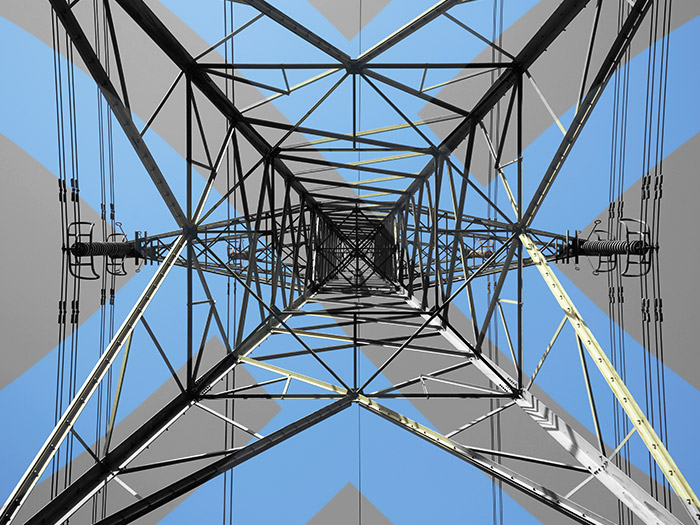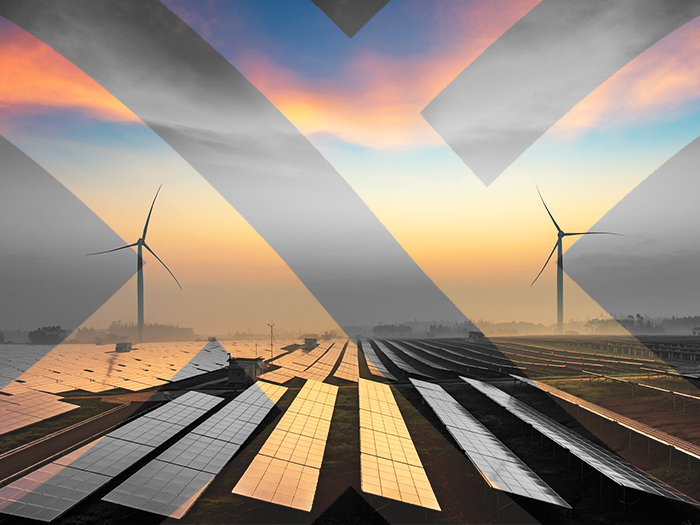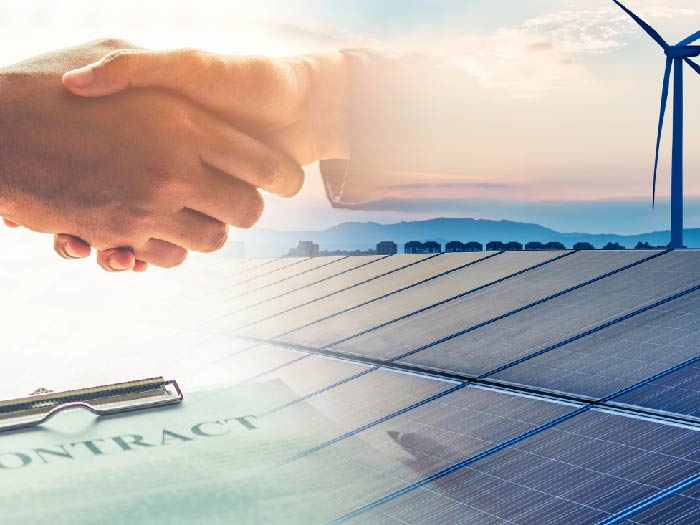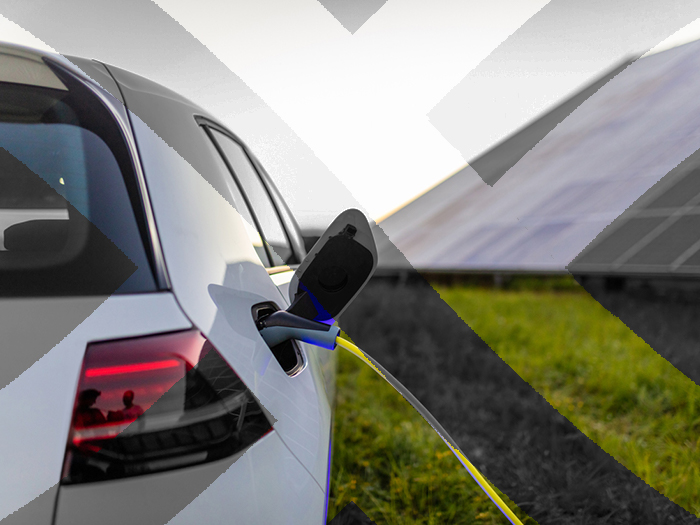News
better business decisions
Posted 4 years ago | 2 minute read
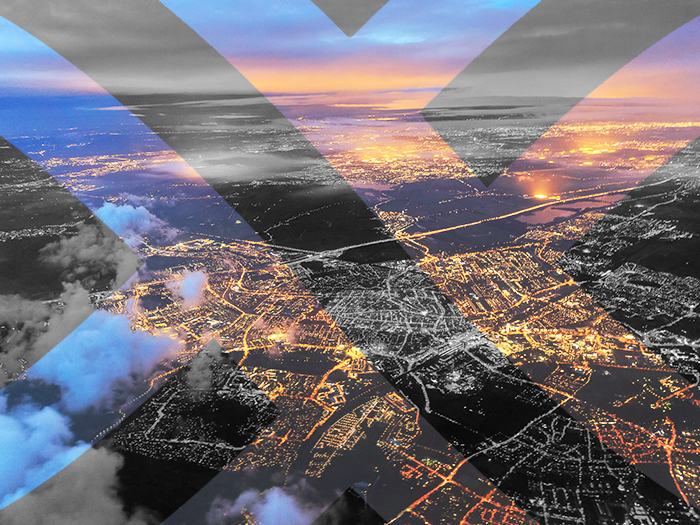
What is the ‘Demand Side’ and what is ‘Demand Side Response’?
Demand side response, as a phrase, can often evoke confusion. Which is why we’ve put together this quick reference guide to help you to understand:
- What is the ‘demand side’?
- What is ‘demand side response’?
- What is meant by energy ‘flexibility’?
What is the “demand side”?
The “demand side” is where the energy is consumed. Think of it in the same context as you would the phrase “supply and demand”. The supply side is where the electricity is generated and how it is delivered to the site, and the demand side is where it is used. It is also referred to as “behind-the-meter” as the physical location of any consumption related activity sits behind the site’s electricity meter.
So, in essence, demand side response is a response on the demand side to any given electricity event.

So, what is demand side response?
This is the blanket term for the management of consumer electricity demand, which typically unlocks financial incentives. For example, at times of peak electricity demand, or reduced levels of production from renewable sources, an energy intensive factory may be incentivised financially by the grid operator to reduce its overall consumption during this peak, thus helping with grid stability. Alternatively, the reduction may be in response to a price peak. Demand side response and energy services partners, such as GridBeyond, will help businesses to find their energy flexibility in order to participate.
What is energy flexibility?
In energy terms, flexibility is identifying the lowest and highest amounts of energy a site, generator or piece of equipment can consume or generate. It also refers to the ability to manage consumption or generation within these parameters.
Ofgem defines energy flexibility as being flexible with how and when businesses consume and produce energy. Doing so helps the grid as a whole ensure the power generated and delivered always matches the amount we use.
When it comes to assets, equipment and machinery, most business plants can find energy flexibility, and therefore participate in DSR. These might include refrigeration, furnaces, fans, VSDs, conveyors, and many more.
For more information on this topic, here are some more resources you might like:
- E-book guide: An Introduction to Demand Side Response
- Guide: Demand side response: What is it? Why do it?
- Blog: Considering demand side response? Here are your need to knows.


